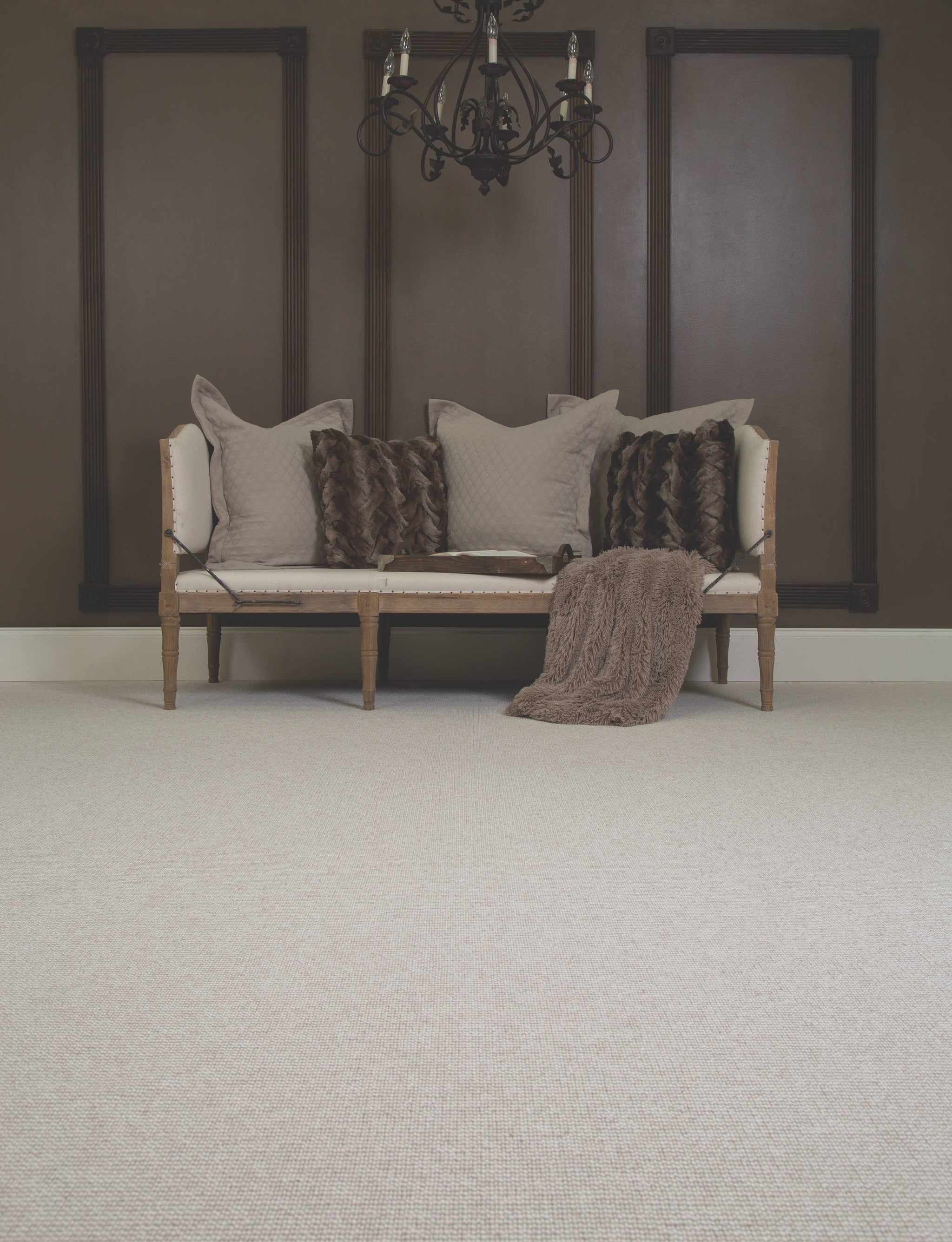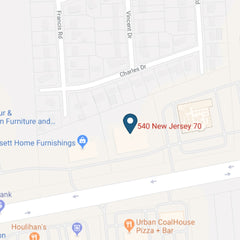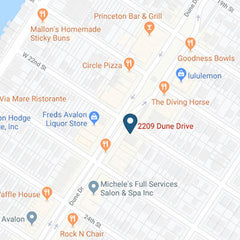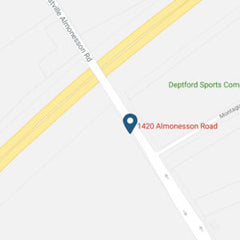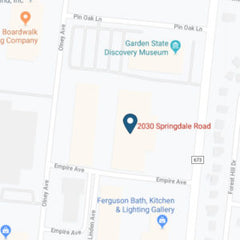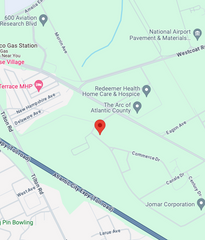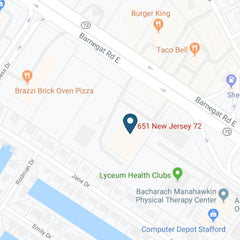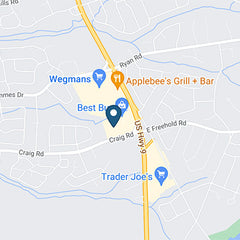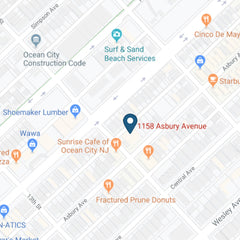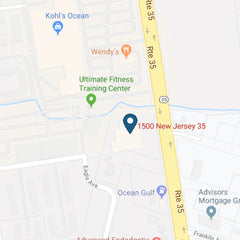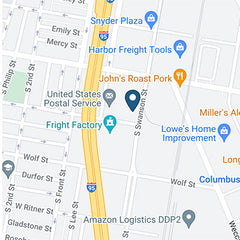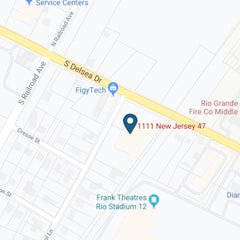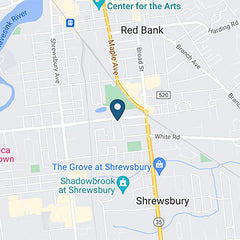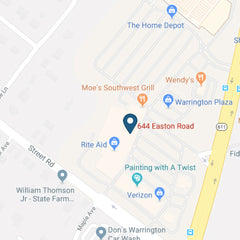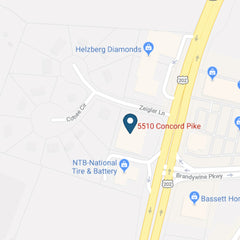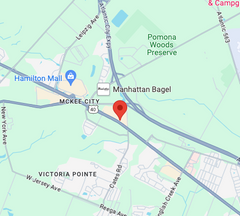Have you ever wondered how carpet is made? While it may not sound like the most popular topic of conversation, it's actually pretty interesting. And knowing exactly how it's made should be considered important since it's a material you're going to be living with, and on for a long time. So, let's begin!
How is a Carpet Made?
That beautiful plush sea of carpet that's keeping your living room floor nice and soft actually starts off as just a bunch of loose strands of fibers called staples. Which leads us to the first step, which is called tufting.
Tufting
These staples are weaved into the primary backing. The backing is usually made of a woven polypropylene which provides a nice base cloth to hold the yarn in place while the tufting happens. And to help you imagine this step even clearer, the machine is about 12 feet wide and looks like a very large sewing machine.

It has anywhere from 800 to 2,000 needles working to pull the yarn through the primary backing material. As the needles penetrate the backing, a small hook, called the looper, grabs the yarn and hold it in place. This process creates what's called loop pile construction.
Dyeing
The second step is the application of the dye. The carpet is taken through two dyeing methods. The first method is called yarn dyeing. This is when the color is applied to the yarn before the tufting process. The second method is simply called carpet dyeing. This is when the carpet is dyed after the tufting. The advantages of both of these methods are the color consistencies, large lot sizes and uniformity.
Finishing Process
The third step is the finishing process. This process is typically a single production line that completes the final stage of the carpet construction. During this last step, a coating of latex is applied to both the tufted, dyed carpet's primary backing and the secondary backing. These two parts are squeezed together in a large heated press, where they're held firmly to preserve their shape.
Shearing Process
Then there's the fourth step, the shearing process. This includes removing all of the little loose ends and fibers that might have been created during the tufting process.
Inspection
Finally, each carpet is carefully inspected for color uniformity and any other possible manufacturer defects before it's rolled, wrapped and shipped to its happy new owner.
Alternative Steps in the Carpet Making Process
While those are the simple carpet process steps, there are alternative steps since there are different kinds of carpet materials and styles.
Cut and Loop Construction
For instance, in some carpet styles go through the cut and loop construction. What happens is the looper rocks back against a knife, where the small loops of yarn are cut, creating what we call a cut pile carpet. The length of these cut pieces of yarn is referred to as the pile height, and is basically the distance between the looper and the primary backing. These precision cuts are controlled by a computer, and at times creates a recognizable pattern on the surface of the carpet.
There are also other carpet dyeing methods that are used, each producing a unique end result.
Beck/Batch Dyeing
The first technique, often referred to as Beck, or batch dyeing, involves stitching the ends of the carpet together, and then running the tufted carpet loop through the large vats of dye and water for several hours.
Continuous Dyeing
Continuous dyeing is a similar process to Beck dyeing, but it involves running the carpet through several processes in addition to just the dye application. Continuous dyeing applies the color directly to the carpet face by spraying or printing. This process is also used to create multicolor or patterned effects in the carpet.
Screen Printing
Screen printing is another common method of carpet coloring, where color is applied through anywhere from one to as many as eight silk-screens.
So, that's the process of how carpet is made. The right amount of knowledge can be as functional and practical as the carpet itself. We also hope that this information leads you to a better understanding of how this beautiful and versatile flooring material is created, and helps your carpet shopping experience with one of our design experts!
References
- How Carpet is Made (2011). https//www.builddirect.com/learning-center/flooring/how-carpet-is-made
- The Carpet and Rug Institute (2018). https://carpet-rug.org/about-us/history-of-carpet
- How is Carpet Made? (2009).https://home.howstuffworks.com/home-improvement/home-diy/flooring/how-is-carpet-made.htm
- Carpet - How It's Made. https://strathmoredesign.com/carpethowitsmade
